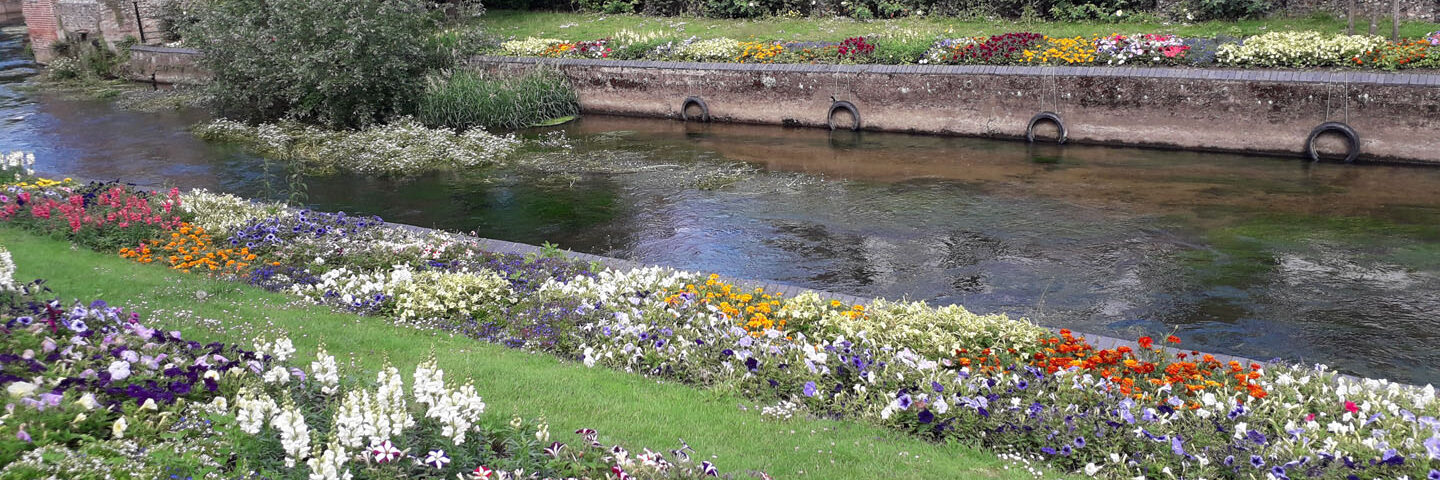Reflecting back upon university, placements, Occupational Therapy Practice and research across the years, I have found that therapy programmes have some key steps to success that have supported development of programmes:
- Research and critique: identify relevant research, resources and general information that is relevant to the area you are developing. Use your Professional Rational to critique. Considering relevance, areas of note in terms of risk, support, practical direction, contextual factors etc. Note this can include discussion with colleagues’ experience in practice, on top of online, journals, books, and other sources.
- Plan: draw together information to prepare a clear plan, recognising items required, environment, participations, format, how to adapt to individuals’ needs, number of staff needed to support for safety/meet individual needs etc. Generally, I would recommend a minimum of two staff for any group or programme, this is to ensure there is always someone present to lead and direct focus of the session, while a second is available to promote independence, grade and adapt, meet changing needs of individuals in attendance.
- Promote the upcoming session to those intended to attend, whether specific individuals or an open session format. This could be through timetables shared, posters, letters, direct communication, and other steps as required.
- Prepare for the first session: ensuring all items are printed, laminated, available and to hand, including example pieces if suitable. A session really needs to flow as smoothly as possible, to support engagement, attention, and enjoyment. Any stagnation through going to find items can lose participation. Make sure those working in the group are familiar and confident with what is taking place, including how to promote independence and upskill, rather than deskill those who are attending.
- Trial the programme! After each session, gain feedback from participants and staff, reflect on what went well and what could be improved. Making active adjustments as needed.
- Complete a formal evaluation of the programme at the end, editing the programme using information from all of those who attended and supported. Then feed this back to the team, recognising success and development areas, thanking those who have joined for the journey.
- Start the process again, skipping step 1-2 as needed, but do remember, there is a world of developing resources, so may still be worth exploring resources/research available.
This of course does not mean these steps to preparation and evaluation are the only way to enable them to succeed, but are logical, professional and practical points to guide rational that have worked for myself.
It is through these steps that I have developed initial programmes and guidance, such as those in the following blog pages: A Cognitive Therapy Programme, An Art Therapy Programme and A combined Music and Drama Therapy Programme. These will be continually reviewed and edited in practice, with further programmes developed as required. They are free to download and use, with correct referencing to acknowledge source. Any feedback and own experiences are more than welcome, please do get in touch.
